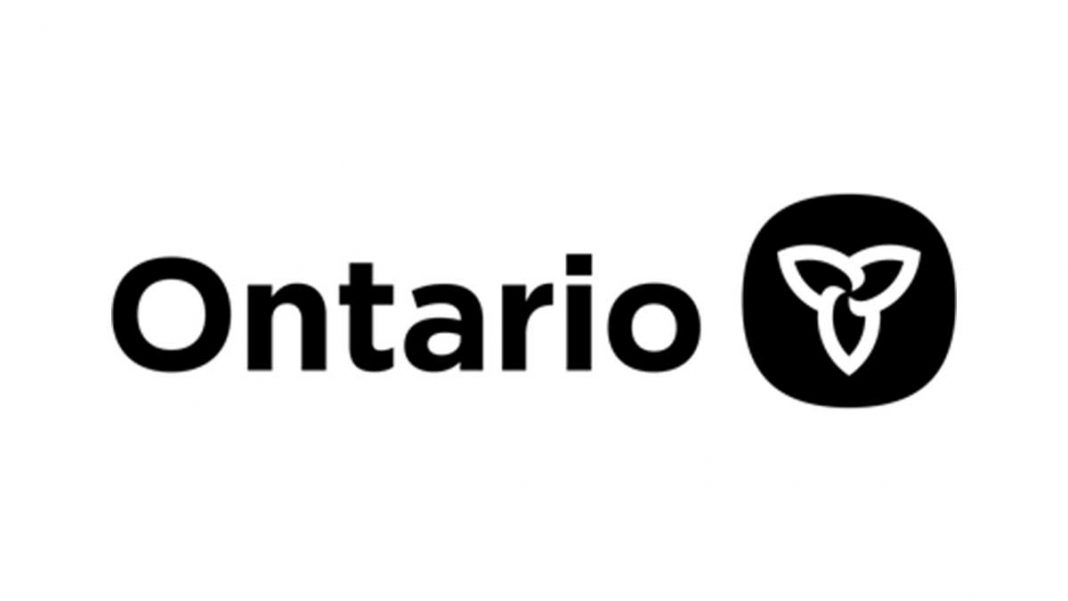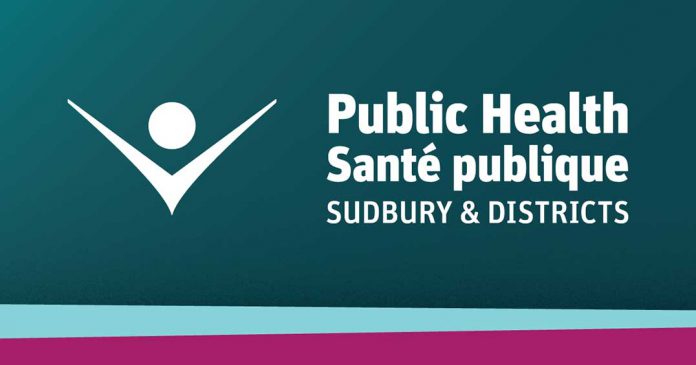SUDBURY—The Ontario government has approved three new Ontario Health Teams (OHT) in Northeastern Ontario, one of which includes Manitoulin Island, with an aim to “break down barriers to better connect people to care within their community,” according to the Ministry of Health (MOH).
By working together, OHTs ensure people can move between health care providers more easily with one patient record and one plan that follows them wherever they go. They provide primary access to health care and improve access to care. Equipe Sante Ontario Sudbury Espanola Manitoulin Elliot Lake Ontario Health Team will serve Greater Sudbury and Sudbury East, Espanola, Manitoulin Island, Elliot Lake, and surrounding areas.
“This is very exciting news,” stated Paula Fields, co-chair of the OHT committee for this area and chief executive officer (CEO) and president of the Manitoulin Health Centre (MHC). “It is very good news. It will improve primary access to care, improve patient access to care, better population health outcomes and help in looking for opportunities for integration and collaboration.”
Ms. Fields said, “we’ve been working for the past year on this. It will open up opportunities for funding, and help in primary to tertiary care, for a patient’s journey and experience.”
Sylvia Jones, deputy premier and Ontario minister of health made the announcement on July 13. “Across the province, OHTs are transforming the way people in Ontario access care and play a critical role in building a more convenient and better-connected health care system. With the approval of these three new teams, our government is ensuring providers work together to provide people faster and easier access to the care they need, when they need it.”
Minister Jones said the expansion will help people in Northeastern Ontario better understand their health care history, ease their transition from one provider to another, directly connect them to different types of care and provide 24/7 help in navigating the health care system. OHTs bring together health care providers from across health and community sectors including primary care, hospitals, home and community care, and mental health and addiction services as one collaborative team to better coordinate care and share resources.
The province is spending more than $109 million on the OHTs and other health service providers are also investing in digital and virtual care options so people in Ontario can easily connect with a health-care worker from the comfort of their home.
Under OHTs, health-care providers (including hospitals, doctors and home and community care providers) work as one coordinated team.
“This is big news, and great news,” said Dr. Stephen Cooper. “We started the process for this in 2019, then it went on hiatus with COVID but got going again. At the start of this whole process the MOH proposed to have four or five OHTs for all of Ontario, but agreed this would not work.”
Dr. Cooper pointed out that the local health integrated networks (LHINS) were disbanded a couple of years ago and five Ontario Health regions were created in the province (with 57 OHTs), with each region divided into an OHT regional health authority delivery of care. The OHTs will allow for better integration of services provided. “It will allow more flexibility and access to better health care services and flexibility where people are,” said Dr. Cooper.
Dr. Cooper explained, “hospital boards, family health teams and home care services, for example, will all have a role to play. But the responsibility will all be under the OHT under the same umbrella.”
“Along with continued excellent primary care there will be improvements that will result in better patient care satisfaction, and reduced costs,” said Dr. Cooper. “And it will improve information flow where it is appropriate.”
As OHTs mature, they will continue to broaden partnerships so they can deliver a full and coordinated continuum of care and meet the unique health needs of the diverse populations they serve, the MOH said. OHTs are implementing stronger, more integrated clinical pathways that connect all parts of a patient’s care journey to provide better support at home or in the community, starting with patients with chronic illnesses.
With an investment of more than $109 million, OHTs and other health service providers are also investing in digital and virtual care options so people in Ontario can easily connect with a health care worker from the comfort of their home.
The MOH release notes Ontario is working with First Nations in the planning, design, delivery and evaluation of programs and services for their communities.





